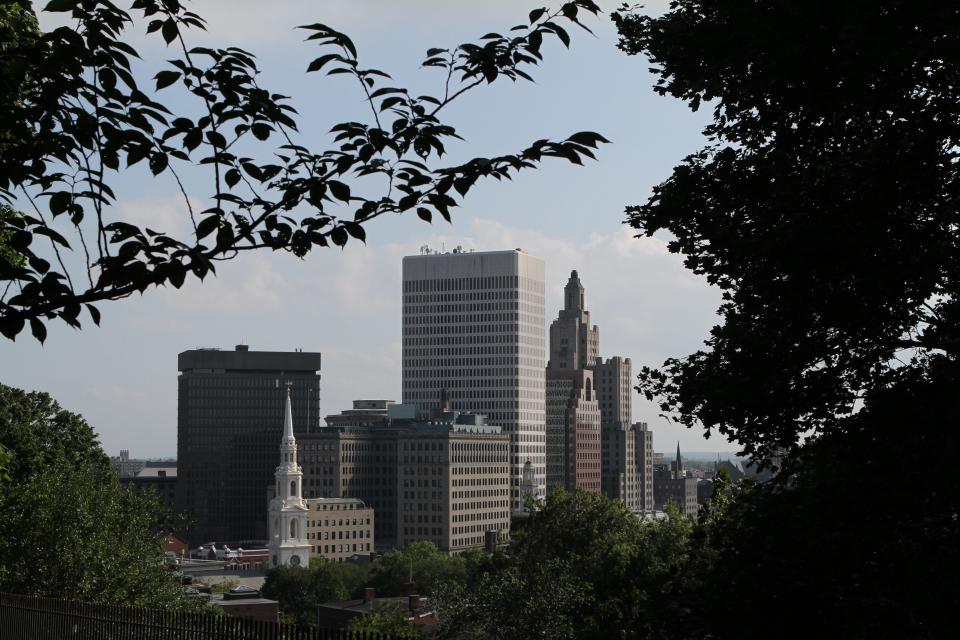Opinion: Why has the public been left out of Providence's comprehensive plan
Aiyah Josiah-Faeduwor is the former manager of engagement programs at the Providence Department of Planning and Development.
A city’s comprehensive plan is arguably the most impactful and important process for determining who and what will be included or excluded, prioritized or disregarded, and welcomed or avoided in a city’s physical layout (land use and zoning), housing, parks, transportation, community services — essentially everything that makes a city a city.
Rhode Island general law mandates these to be conducted by its municipalities at least once every 10 years. The last comprehensive plan process by the capital city was completed/adopted in November of 2014 by the Angel Taveras administration, which produced a plan titled “Providence Tomorrow: Our City, Our Neighborhoods, Our Future."
More: Leaders call for developing biotech industry in RI. Here's what they propose
More: Governor names new chair of I-195 commission
The plan most notably outlined and allowed for the vision for the redevelopment of the I-195 land and its intentions of developing a “Knowledge District”; building a pedestrian bridge; and changes to the zoning code that outlined and encouraged mixed commercial and residential use such as Trader Joe's or Emblem 125, a development with 248 units of “workforce” housing and 22,000 square feet of retail space.

The “Comp Plan” is the single most effective and necessary determining factor behind our local economy and barometer for future prosperity.
Given the magnitudinous importance of this document and process, why has the community and the general public heard radio silence on the comp plan from the Providence Planning Department? The last tweet from @ProvPlanning regarding the plan, on Aug. 30, 2022, expresses an intention by the department that “[t]hrough early 2023, we’ll be engaging with communities across Providence to help shape the Comp Plan update, which will guide how our city develops over the next 20 years!”
More: Does more affordable housing threaten local control? RI House speaker defends his plan
As of March 30, there have been no updates or announcements in any public location (as a former city planning employee, I would presumably know where to look), including the City of Providence’s website, where attempting to sign up for updates leads to a page with a 403 error indicating “You don't have permission to access this resource.” Clearly, we don’t.
While a switch in administration is guaranteed to yield delays and hiccups, a fair and important question to ask of the department is … was this not planned for? If this critical factor of ensuring the community is updated and involved in the planning process was overlooked or not anticipated, how can the community trust or expect the department and its leadership to develop a plan that takes the community into account? The answer clearly is that we can’t.
It is important to note that the comprehensive plan has been under the responsibility of the current acting planning director, Bob Azar, who’s been with the department for 22 years and thus through this process two prior times, through six mayoral administrations — “a tzar” indeed.
Much can and surely will be disputed. However, what cannot be is the timeline remaining for the future of Providence to be determined and a need by all those who find it important (local media especially) to shine a light and inform our community about the process and ways to hold the current administration accountable to our inclusion.
Mayors come and go without concern for the impact their administrations leave on our community — it’s time individuals, institutions and entities of influence commit to informing our community.
This article originally appeared on The Providence Journal: Why has the public been left out of Providence's comprehensive plan | Opinion Column

